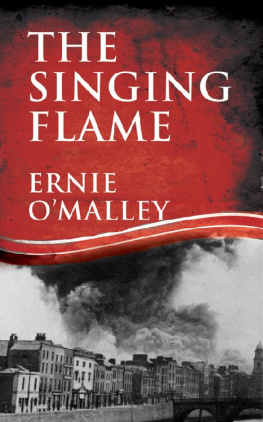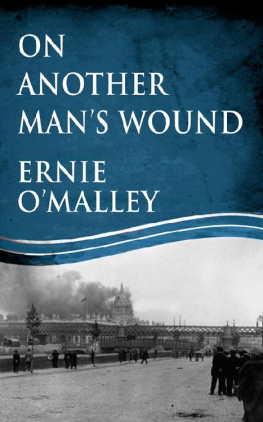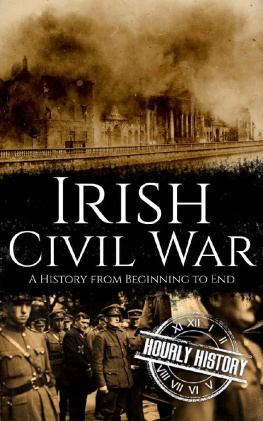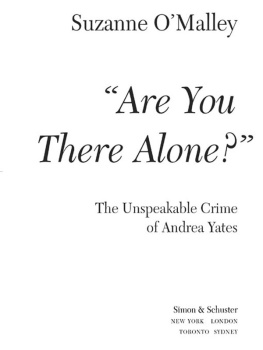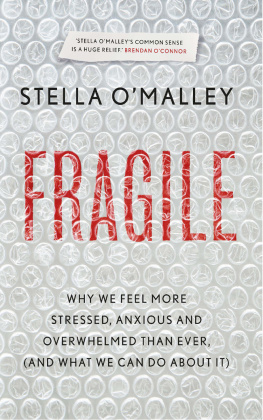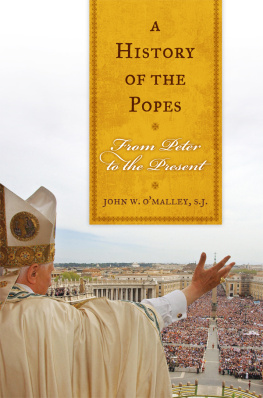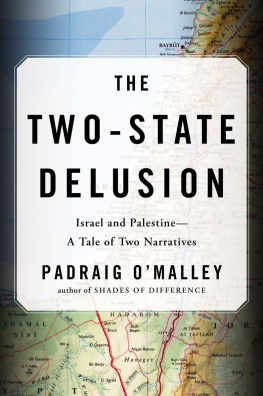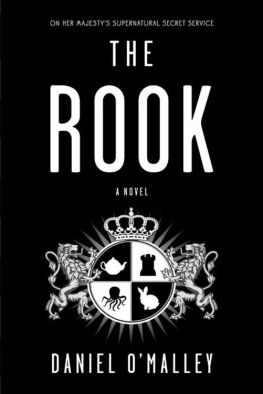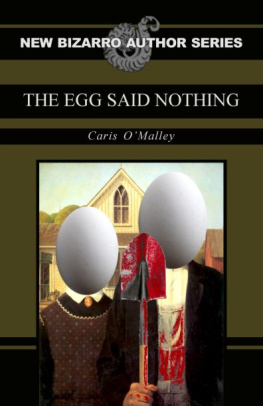This edition is dedicated to Emmett Ernie OMalley Boyle
THE
SINGING
FLAME
ERNIE OMALLEY

MERCIER PRESS
3B Oak House, Bessboro Rd
Blackrock, Cork, Ireland

| www.mercierpress.ie |

| http://twitter.com/IrishPublisher |

| http://www.facebook.com/mercier.press |
First published in hardback in 1978 by Anvil Books Limited
Paperback edition first published in 1978
This edition 2012
Cormac K. H. OMalley, 2012
ISBN: 978 1 85635 885 9
ePub ISBN: 978 1 78117 082 3
Mobi ISBN: 978 1 78117 083 0
This eBook is copyright material and must not be copied, reproduced, transferred, distributed, leased, licensed or publicly performed or used in any way except as specifically permitted in writing by the publishers, as allowed under the terms and conditions under which it was purchased or as strictly permitted by applicable copyright law. Any unauthorised distribution or use of this text may be a direct infringement of the authors and publishers rights and those responsible may be liable in law accordingly.
CONTENTS
I NDEX
To Ireland the ever-living
and to her dead sons
PREFACE
T HIS NEW EDITION of The Singing Flame published by Mercier Press is one of a series of three volumes written by my father, Ernie OMalley. The others are Raids and Rallies (2011) and On Another Mans Wound (forthcoming). In this edition I have taken the text as published in 1978 and integrated some minor elements that had not been included in that edition. The changes add back the names of individuals who were previously omitted, as well as relevant dates and locations, so that a new generation of Irish readers can better appreciate the chronology and sites involved. This memoir was written as an integral part of On Another Mans Wound with consecutive numbered chapters but, on the advice of friends, it was not published back in 1936 as there would have been more contentious issues involving the Civil War than the War of Independence or Tan war. Even when this second volume was published posthumously in 1978, many of OMalleys comrades were still alive.
The first edition of this book could not have been published without the assistance of Frances-Mary Blake of London and Dan Nolan of Anvil Books then in Tralee and Dublin. With Dans knowledge of the period and Frances-Marys diligence in research, the latter was able to collate my fathers original handwritten and typed manuscripts for publication. Their 197778 correspondence is significantly longer than the book itself, but by reviewing it carefully I have been able to determine what changes were made at the time to the original manuscripts. In this regard I must thank Seamus Helferty at UCD Archives and Marion Casey at New York University for providing access to the Ernie OMalley Papers located there.
Many of the documents referred to in this edition were previously published in No Surrender Here: The Civil War Papers of Ernie OMalley (The Lilliput Press, 2007). I hope that this new edition provides additional background information that will help the reader better understand what was happening in Ireland and to Ernie OMalley during those tumultuous years from 1921 to 1924. As this volume opens, he has just turned twenty-four years of age and is a Commandant-General in the Irish Republican Army in charge of over 13,000 IRA Volunteers in the Second Southern Division area of Mid- and South Tipperary, East Limerick and Kilkenny.
I wish to thank Mary Feehan of Mercier Press for her enthusiastic support for this new edition as well as the generous efforts of Tim Horgan and John OCallaghan.
Cormac K. H. OMalley, 2012
ABBREVIATIONS
ACS | Assistant Chief of Staff |
CID | Criminal Investigation Department, Free State |
CS | Chief of Staff |
GPO | General Post Office, Dublin |
IRA | Irish Republican Army |
IRB | Irish Republican Brotherhood |
MD | Minister for Defence |
MP | Member of Parliament |
OC | Officer Commanding |
RIC | Royal Irish Constabulary |
TD | Teachta Dla |
An outline of reasons for the use of certain capital letters may be useful. Please note that when East Limerick, for instance, is capitalised, this refers to the East Limerick Brigade (IRA) and not to the geographical location, which would be given as east Limerick. The same applies for South Dublin, North Tipperary and the other brigades and areas.
When specified, the higher military ranks and formations are given capital letters, such as the Brigadier, the Divisional Adjutant, the First Southern Division, the Northern and Eastern Command, but battalions, companies, sections and garrisons, together with their officers, have not usually been capitalised.
A distinction has been made between Headquarters and headquarters, between Staff and staff. While headquarters refers to any localised site, Headquarters always means the GHQ centre of operations. Thus, whereas there is a garrison staff, or staff officers, meaning officers in general attached to those positions, the term Headquarters Staff, or Staff, is used only for the top-ranking members of GHQ.
INTRODUCTION
E RNEST B ERNARD OM ALLEY was born in his parents house on the main street of Castlebar, Co. Mayo, on 26 May 1897. He was the second child and second son of Luke and Marion (ne Kearney) Malley. Two daughters and seven more sons were to complete the family. About 1906 they moved to Dublin, where his father became a civil servant and where Ernie attended the OConnell School and did well enough to win a scholarship to University College Dublin in the autumn of 1915, for the study of medicine.
The early days of his childhood and youth are described in his first book, On Another Mans Wound , leading up to Easter Week 1916, when he became caught up in the cause of Irish nationalism for the first time. The book then recounts in detail his life during the hectic, dangerous years when some of the Irish people took up once again the struggle for national independence from Britain, a dream that was dreamed in the heart and that only the heart can hold, but all these hundreds of years never abandoned and so never wholly lost. He joined the Irish Volunteers in late 1916 in Dublin, but by 1918 he could no longer live at home; his parents were by their background and political outlook hostile to the spirit of the Rising. At the same time he quit the university and his medical studies and became a full-time organiser for the Volunteers, and subsequently the Irish Republican Army in 1919. From 191821, as a staff captain attached to General Headquarters, he was active in organising battalion and brigade units in some fourteen counties, from Donegal to Limerick, Tipperary to Tyrone, reporting directly to Michael Collins, Director of Intelligence, or to Richard Mulcahy, the Chief of Staff. OMalley travelled a great deal under difficult conditions during those years.
In November 1920 he was captured while preparing for an attack on the British Auxiliaries in Inistioge, Co. Kilkenny. His true identity was not learned by the British as he gave the name of Bernard Stewart and their special interrogations failed to make him give the truth. At Inistioge, and later in Dublin Castle, he was beaten and ill-treated, and then imprisoned in Kilmainham gaol, from where he escaped in February 1921. He returned to take command of the newly formed Second Southern Division, one of the first two divisions set up by GHQ and second in importance only to the First Southern. From March until the calling of the Truce in July that year, he was Officer Commanding five brigades, a leader who was determined to carry on the war until complete independence was won, or until Ireland was wholly crushed by the might of empire. The man who wrote On Another Mans Wound would seek no less.
Next page
